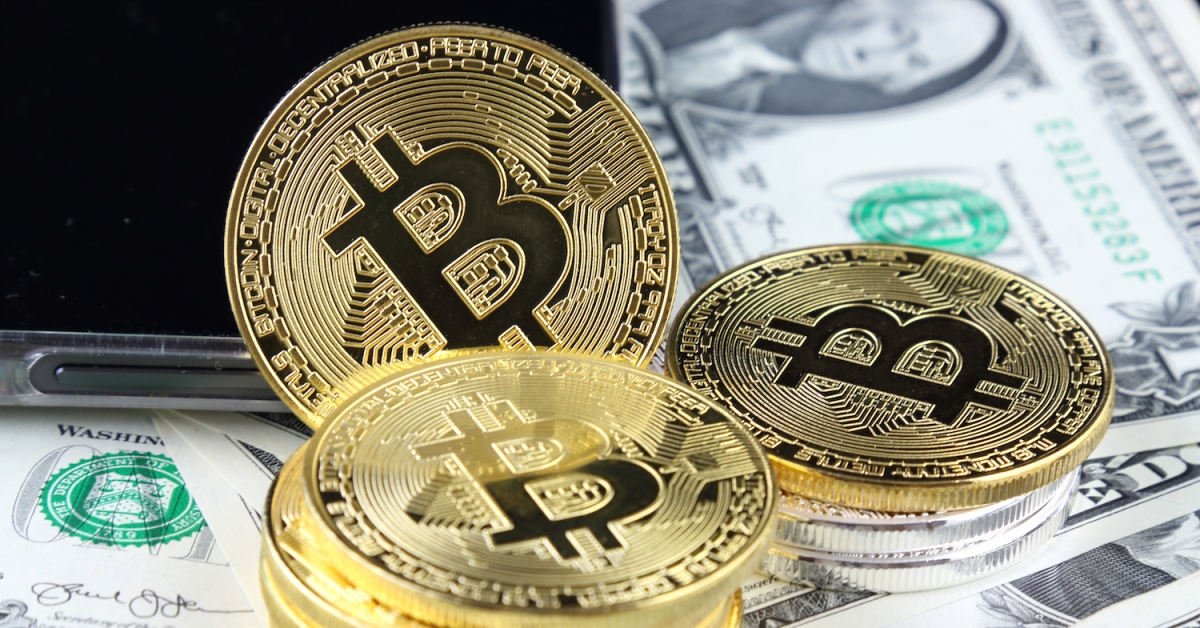Can NFTs generate the revenue that many museums desperately require? Some organizations, such as the British Museum and the Academy Museum of Motion Pictures, are creating their own currencies. An early NFT from a donor was accepted by the Tampa Museum of Contemporary art. The Museum of Digital Life is an NFTs for Muesums of a complete institution.
Despite this, museums have generally dealt with NFTs very little more than six months into this disruption of the art industry. As scholars who study both the economics of charity organizations and the emergence of NFTs, crypto-assets, and other related blockchain applications, we notice four major reasons why museums have failed to capitalize on the NFT boom.
NFTs are difficult to understand.
The people who administer museums are experts in art, education, and carnation. NFTs for museums are a completely separate universe that has nothing to do with art and has more in common with bitcoin than traditional artworks such as paintings and sculptures. What distinguishes NFTs from cryptocurrencies such as bitcoin and ethereum, which are intended to be interchangeable, is that each NFT represents a distinct asset. Figuring out how NFTs should be managed, held, and priced is difficult, and the capacity to swiftly mint NFTs for auction may not come readily to museum employees.

Artists, not institutions, are valued in the NFT market.
One of the fundamental reasons why the market for NFTs linked to artwork has prospered is that purchasers see purchasing and owning an NFT as a way to interact with and financially support the artist. More broadly, the attitude is one of centralization, and NFT purchasers are unlikely to be thrilled about the addition of an intermediary to the mix.
NFTs are dangerous due to volatility and uncertainty.
Though the high prices they might command are enticing, there are numerous examples of NFTs that swiftly lose their value. And, as with cryptocurrency, there is significant volatility. Several NFTs have suffered huge and dramatic reductions in value. Relying on NFTs to raise funds may be dangerous, and museum boards may decide that it is not appropriate for them.
The monetary benefit could be lacking.
The relationship between the ownership of a work of art and an NFT linked with that work of art might be perplexing. Despite appearances, the NFT is a different asset from the art itself. But after the NFTs produced from that art are produced and auctioned, the authors of the art claim ownership.











